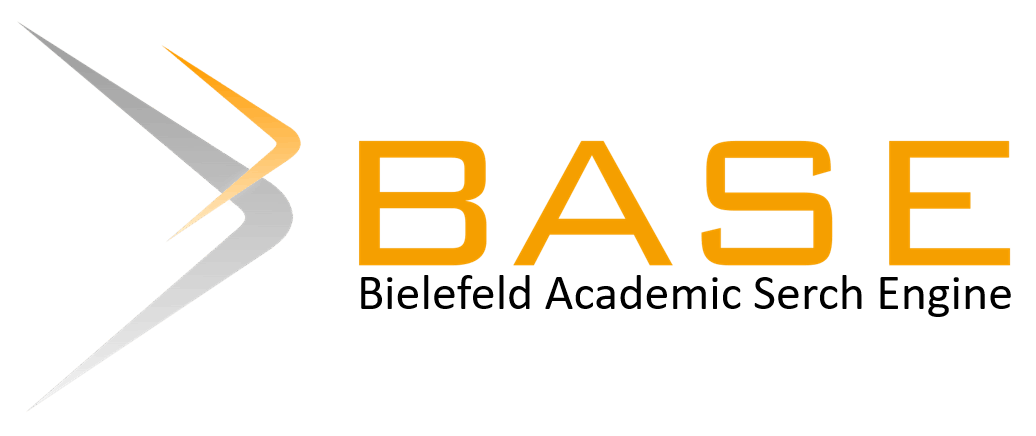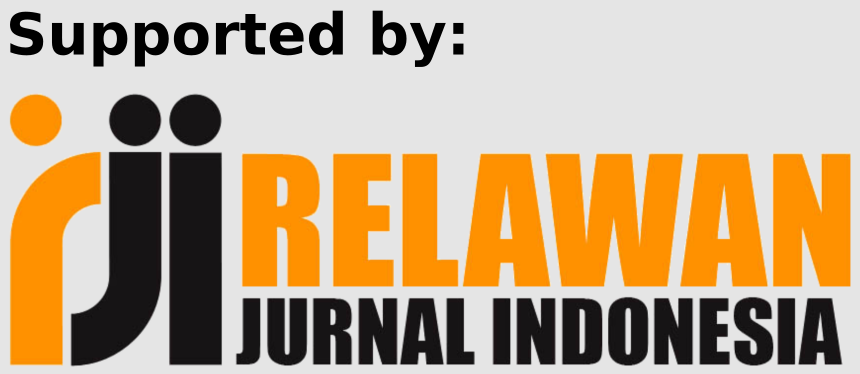HUBUNGAN PENERAPAN EARLY WARNING SYSTEM (EWS) DENGAN TINGKAT KEPUASAN PASIEN DI MURNI TEGUH MEMORIAL HOSPITAL
Abstract
Early Warning Score (EWS) is an early detection tool to predict the emergency or worsening of a patient's condition. EWS is a part of effective communication, which can help improve patient safety. In effective communication, caring is needed, based on Roach's theory to improve health and well-being. Based on this theory, patients and families need complete information that can help match patient expectations, so that patients and families experience satisfaction in the services provided. Patient satisfaction standard is 90%. The aim of the study was to see if there was a relationship between the implementation of the early warning system (EWS) and the level of patient satisfaction at Murni Teguh Memorial Hospital Medan. Quantitative research form with the type of Correlation Study / Correlation Study. The population and sample in this study were all inpatients specifically in HCU patients at Murni Teguh Memorial Hospital. The population is 656 and the sample is 57 patients. Sampling technique Namely purposive sampling technique. The number of samples in this study were 58 respondents. Data will be analyzed using univariate and bivariate analysis with Chi Square (Bivariate). The researcher draws the conclusion that this study uses the chi-square test with the results obtained p-value = 0.000 <α (0.05), and the strength of the relationship (r) is 0.897 which indicates that the strength of the relationship is very close. Which means there is a significant relationship between the implementation of the early warning system (EWS) and the level of patient satisfaction at Murni Teguh Memorial Hospital Medan.
Abstrak
Early Warning Score (EWS) merupakan alat deteksi dini untuk memprediksi kegawatan atau perburukan kondisi pasien. EWS merupakan salah satu bagian dari komunikasi efektif, dimana dapat membantu tingkat keselamatan pasien (patient safety). Dalam komunikasi efektif sangat dibutuhkan caring, berdasarkan dari teori Roach untuk meningkatkan kesehatan dan kesejahteraan. Berdasarkan dari teori tersebut, pasien dan keluarga membutuhkan informasi lengkap yang dapat membantu mencocokkan harapan pasien, sehingga pasien dan keluarga mengalami kepuasan dalam pelayanan yang dilakukan. Standar Kepuasan kepuasan pasien adalah 90%. Tujuan penelitian adalah untuk melihat adanya hubungan penerapan early warning system (EWS) dengan tingkat kepuasan pasien di Murni Teguh Memorial Hospital Medan. Bentuk penelitian Kuantitatif dengan jenis penelitian Correlation Study/Studi Korelasi. Populasi dan sampel dalam penelitian ini adalah Seluruh Pasien Rawat Inap khusus pada pasien HCU Di Memorial Hospital Murni Teguh. Populasi sebanyak 656 dan sampel sebanyak 57 orang pasien. Teknik Pengambilan sampel Yaitu teknik Purposive sampling. Jumlah Sampel dalam penelitian ini adalah sebanyak 58 Responden. Data akan dianalisis menggunakan analisi univariat dan bivariate dengan Chi Square (Bivariat). Peneliti menarik kesimpulan bahwa penelitian ini menggunakan uji chi – square dengan hasil didapat nilai p- value = 0,000 < α (0,05), dan kekuatan hubungan ( r ) sebesar 0,897 yang menunjukkan bahwa kekuatan hubungan sangat erat. Yang artinya ada hubungan yang signifikan antara penerapan early warning system (EWS) dengan tingkat kepuasan pasien di Murni Teguh Memorial Hospital Medan.
References
2. Churpek, M. M., Snyder, A., Han, X., Sokol, S., Pettit, N., Howell, M. D., & Edelson, D. P. (2017). Quick Sepsis-related Organ Failure Assessment , Systemic In fl ammatory Response Syndrome , and Early Warning Scores for Detecting Clinical Deterioration in Infected Patients outside the Intensive Care Unit. 195(7), 906–911. https://doi.org/10.1164/rccm.201604-0854OC
3. Ws, S. Y. E., Awat, D. I. R. U. R., Triwijayanti, R., & Rahmania, A. (2022). P Engetahuan P Erawat D Alam P Enerapan E Arly W Arning. 13(1), 12–15.
4. Atmaca, Ö., Turan, C., Güven, P., Arikan, H., Eryüksel, S. E., & Karakurt Eryüksel, S. (2018). Usage of news for prediction of mortality and in-hospital cardiac arrest rates in a Turkish university hospital. Turkish Journal of Medical Sciences, 48(6), 1087–1091. https://doi.org/10.3906/sag-1706-67
5. Spagnolli, W., Rigoni, M., Torri, E., & Cozzio, S. (2017). tool on admission in an Italian acute medical ward : A perspective study Application of the National Early Warning Score ( NEWS ) as a stratification tool on admission in an Italian acute medical ward : A perspective study. March. https://doi.org/10.1111/ijcp.12934
6. Spångfors, M., Molt, M., & Samuelson, K. (2020). In-hospital cardiac arrest and preceding National Early Warning Score (NEWS): A retrospective case-control study. Clinical Medicine, Journal of the Royal College of Physicians of London, 20(1), 55–60. https://doi.org/10.7861/ clinmed.2019-0137
7. Lia, S. (2022a). Gambaran Pelaksanaan Early Warning Score Di Rsptn Universitas Hasanuddin. 8.5.2017, 2003–2005. https://www.who.int/news-room/fact-sheets/detail/autism-spectrum-disorders
8. Hidayat, I. D. (2020). Higeia Journal Of Public Health Early Warning System pada Perubahan Klinis Pasien terhadap Mutu Pelayanan. 4(3), 506–519.
9. Conference, International Nursing. 2018. The 9th International Nursing Conference 2018.
10. Tatiwakeng, R. V., Mayulu, N., & Larira, D. M. (2021). Hubungan Penggunaan Metode Komunikasi Efektif Sbar Dengan Pelaksanaan Timbang Terima (Handover) Systematic Review. Jurnal Keperawatan, 9(2), 77. https://doi.org/10.35790/jkp.v9i2.36784
11. Kemenkes. (2017). Peraturan Menteri Kesehatan Republik Indonesia Nomor 11 Tahun 2017 Tentang Keselamatan Pasien. 1–14.
12. Syagitta, M., Sriati, A., & Fitria, N. (2017). Persepsi Perawat Terhadap Pelaksanaan Komunikasi Efektif di IRJ Al – Islam Bandung. Jurnal Keperawatan, V(2), 140–147.
13. Mardatillah, R. (2019). konsep caring.
14. Notoatmodjo Soekidjo.2020.Metodologi Penelitian Kesehatan. Edisi ke 2. Jakarta: PT Asdi Mahasatya.
15. Suwaryo, P. A. W., Sutopo, R., & Utoyo, B. (2019). Pengetahuan Perawat Dalam Menerapkan Early Warning Score System (Ewss) Di Ruang Perawatan. Jurnal Ilmiah
Copyright (c) 2024 Indonesian Trust Health Journal

This work is licensed under a Creative Commons Attribution-ShareAlike 4.0 International License.
















